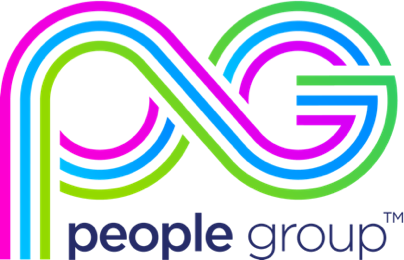
Improving time to hire
Why track time to hire?
Time to hire measures your team’s recruiting efficiency and your company’s overall ability to compete in the hiring market. On average top-performing applicants are typically gone within the first month, sometimes sooner for specific jobs and industries.
An important position goes unfilled this is normally due to a drawn-out hiring process which can impact company productivity and revenue. Additionally, employees involved in the process, such as hiring managers, may be required to spend more time to keep assessing CVs and interviewing a stream of candidates over a prolonged period.
Recruitment Timeline
Start by identifying events and touchpoints along your typical recruitment timeline. As soon as the job opening is approved the hiring manager should get the job description to the recruiter ASAP.
Now it’s time to attract the right candidates and fill the hiring pipeline. The different ways to do this, include, posting the job on different job boards, head-hunting, asking for referrals, candidate sourcing on LinkedIn, and searching through your talent database.
The candidate screening and selection phase includes identifying the methods used, such as screening calls, job application reviews, and pre-employment tests to add to the process timeline.
To round off the process, identify what is included in offering the job. These items typically include a compensation package, an email, or a call with the official offer.
Create compelling job listings
Ensure that each listing is easy to review and concise. Get rid of any unnecessary details that may put off potential applicants while being honest about the responsibilities and requirements. Make sure you emphasize the benefits of your working environment for your company this will make it a lot easier to sell.


